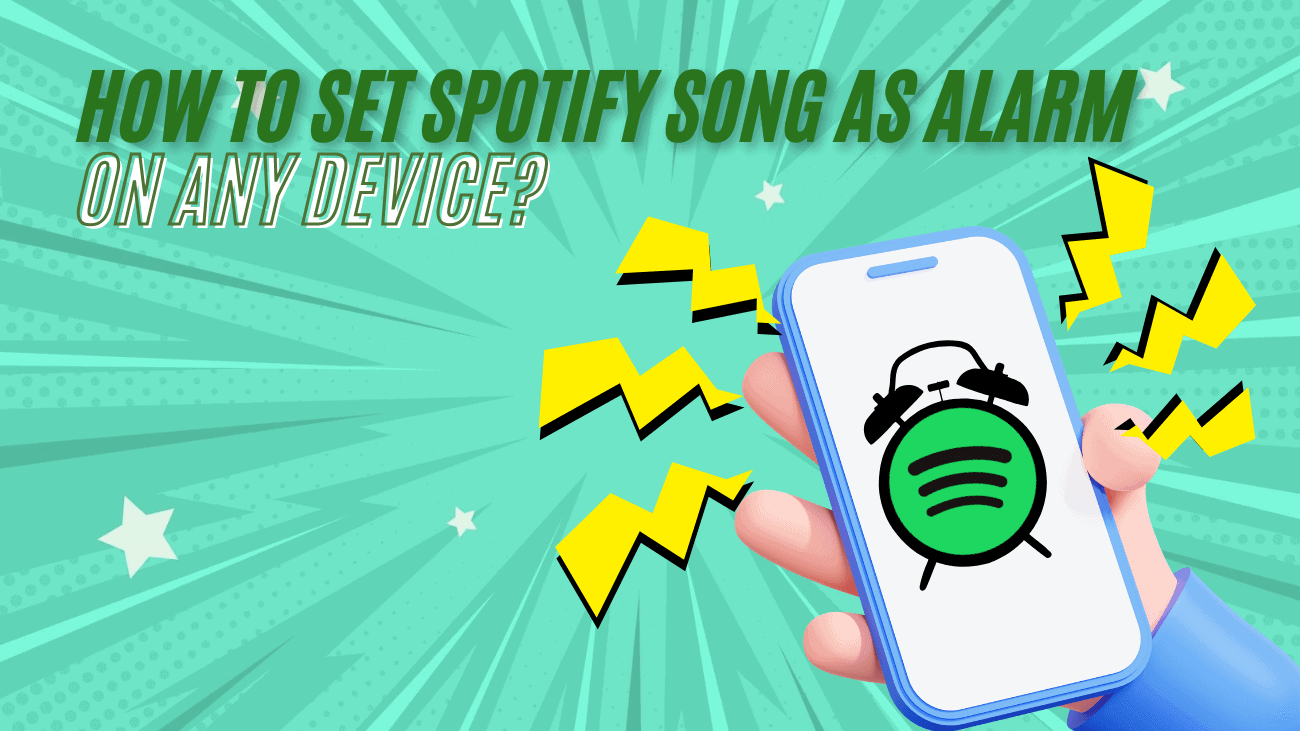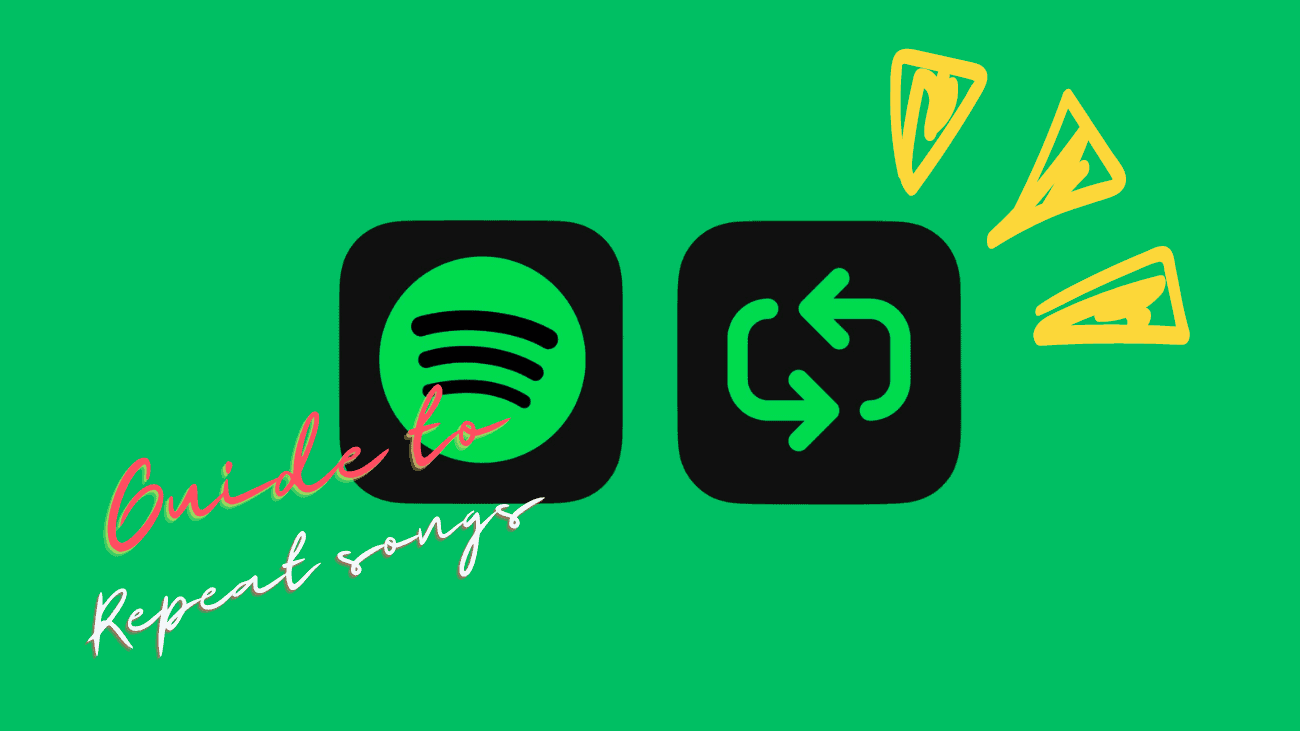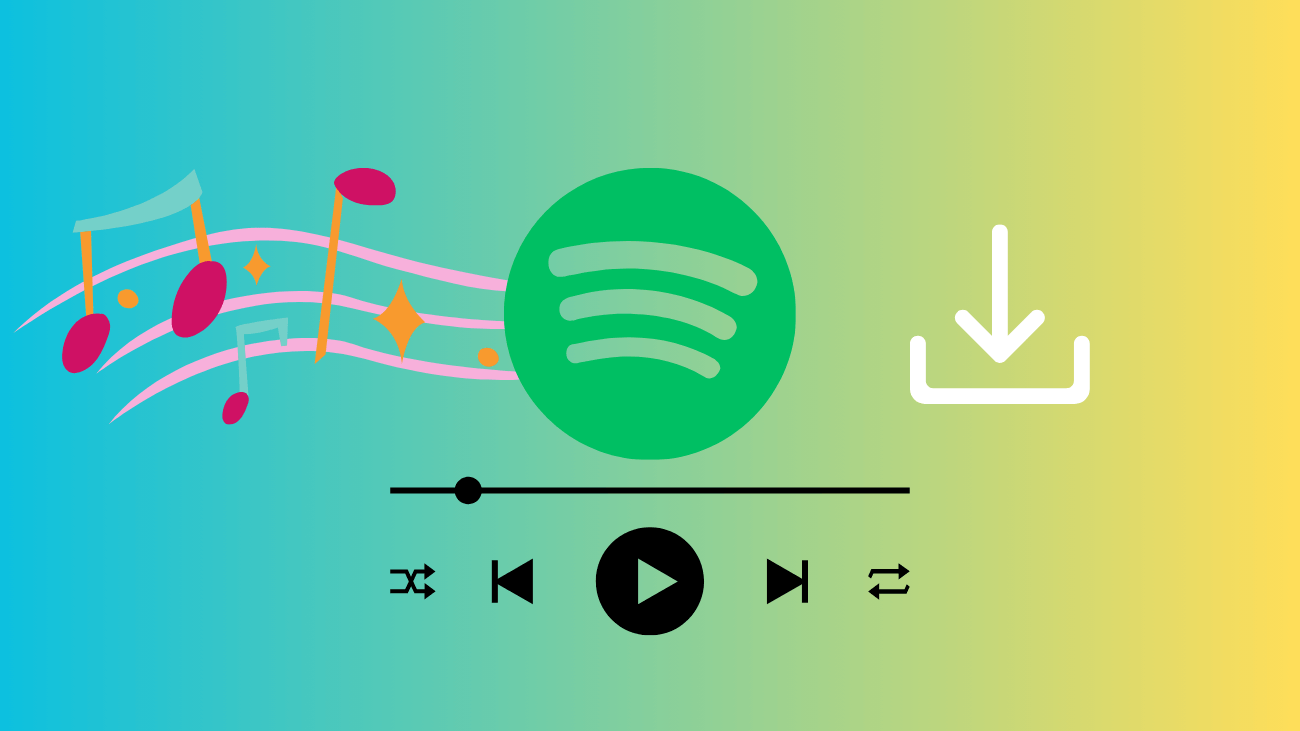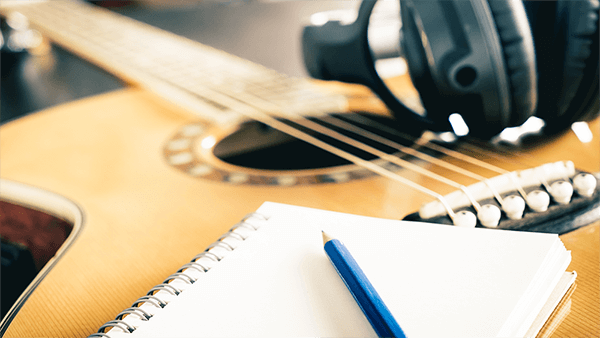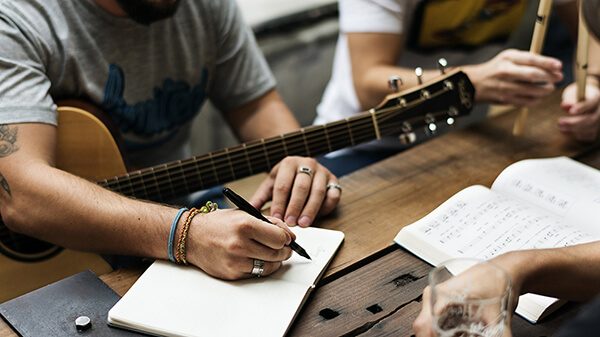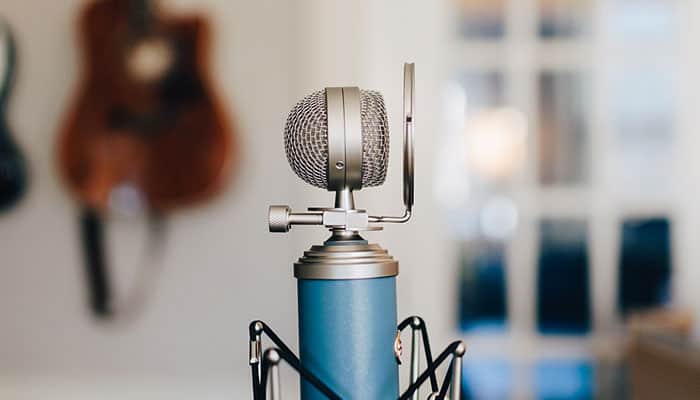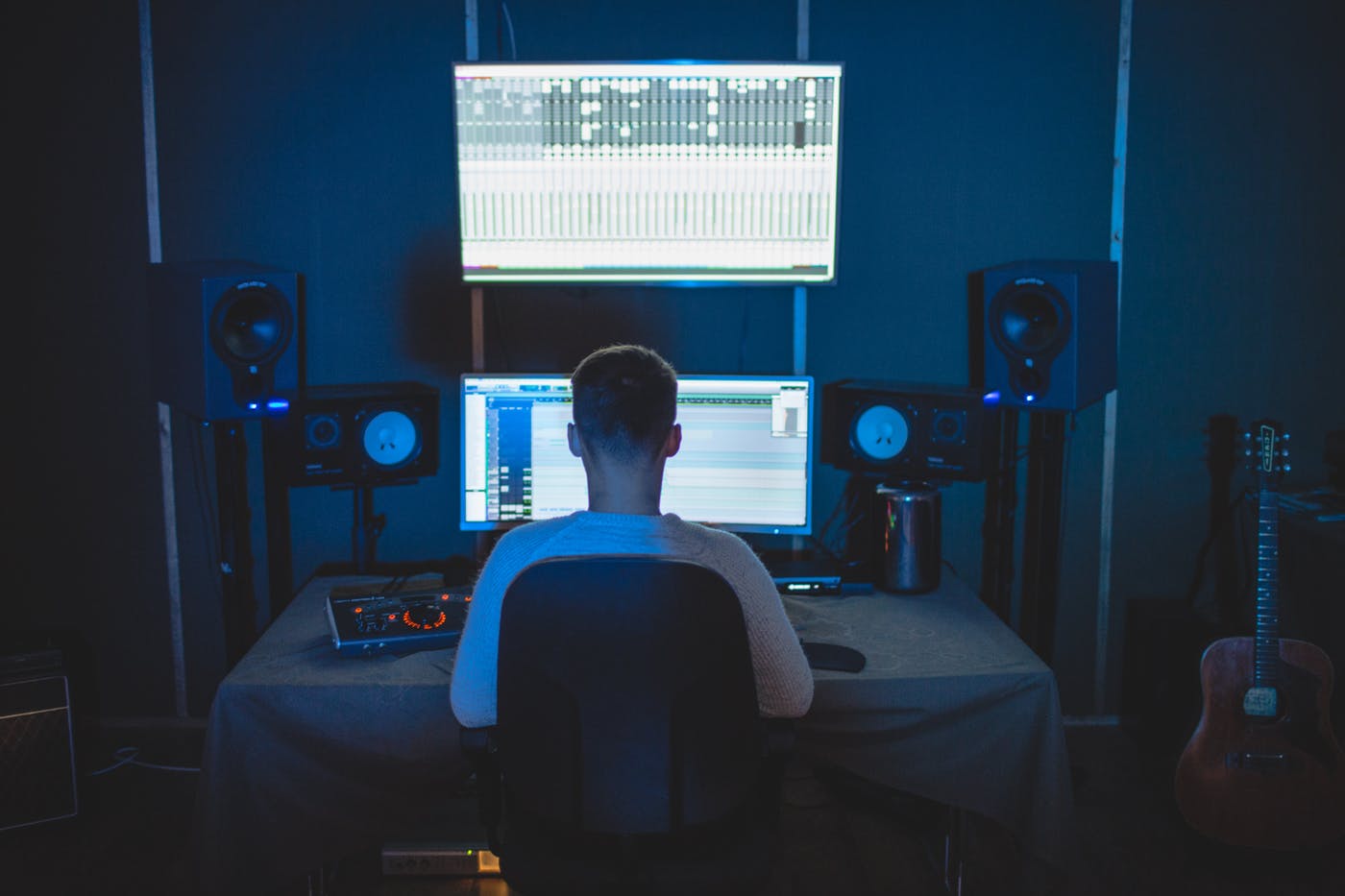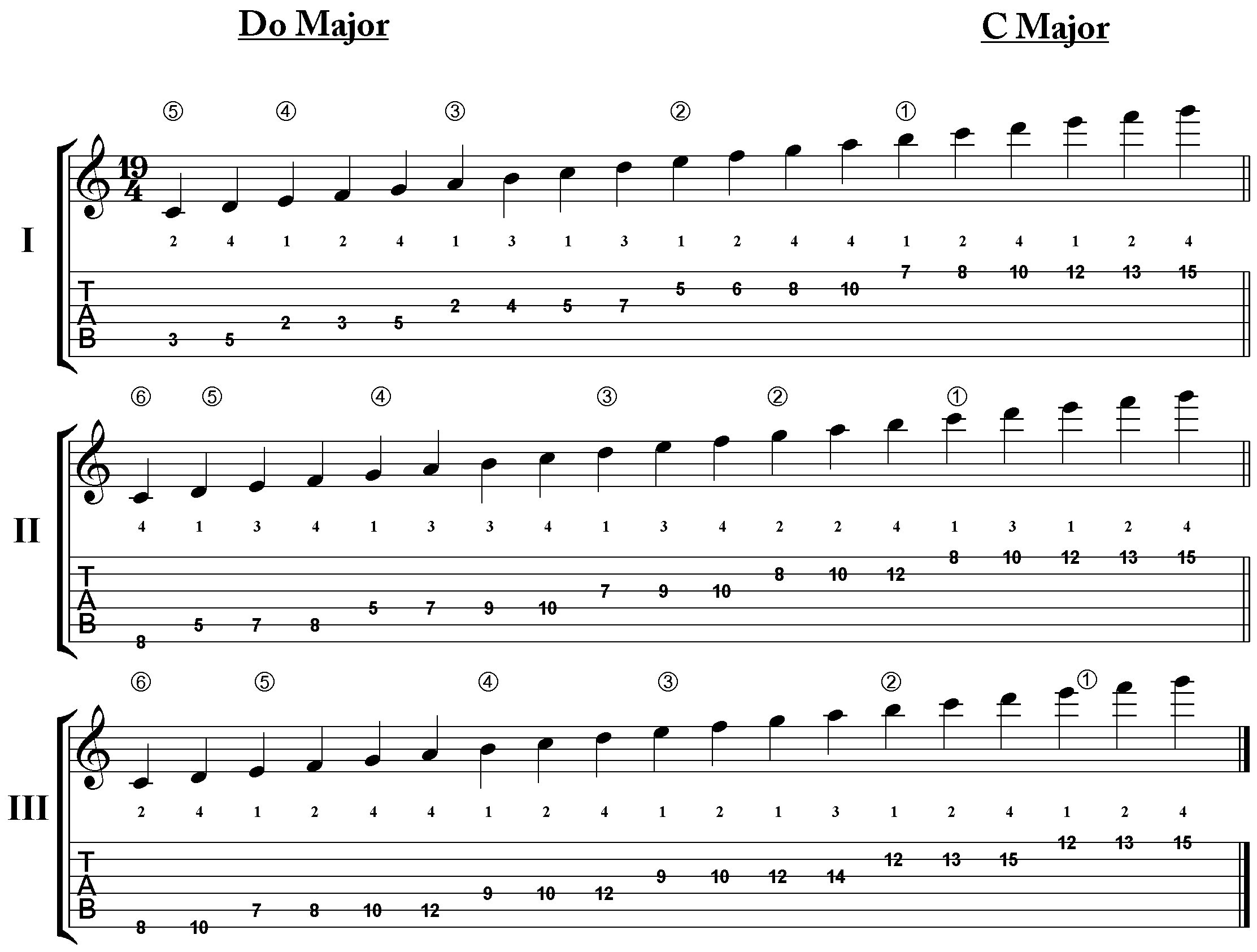Waking up to the sound of your favorite Spotify song is a great way to start your day on a high note, but how to set Spotify song as alarm can be a bit tricky for many users. While the standard beeping alarm tones are a thing of the past for some, setting up your Spotify playlist as your morning wake-up call isn’t always straightforward. Whether you’re using an iPhone, Android, or even a smart speaker, there are a few easy ways to make your mornings a little brighter by waking up to the music you love.
In this article, we’ll walk you through the simple steps for setting your favorite Spotify song as an alarm on any device, ensuring you start each day with the perfect soundtrack. Say goodbye to annoying alarm sounds and hello to waking up to the rhythm of your favorite tunes!

